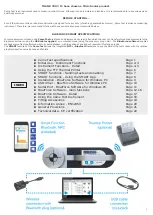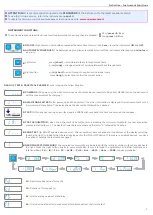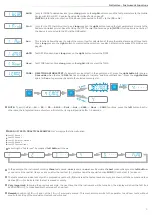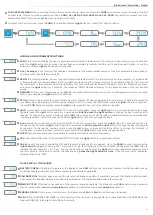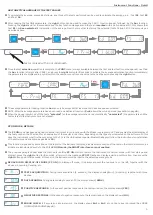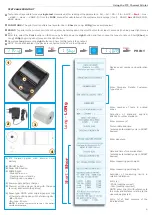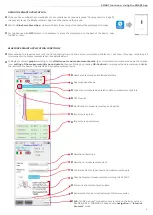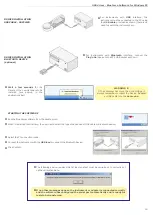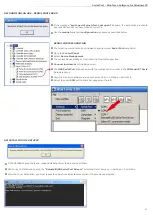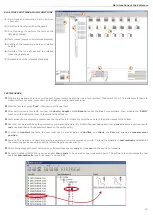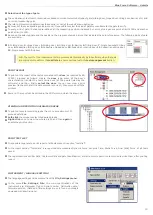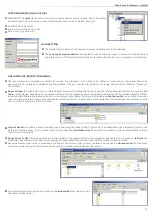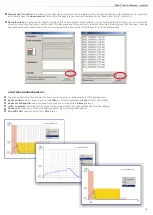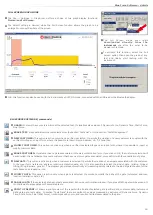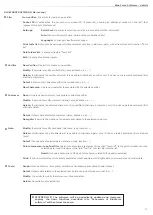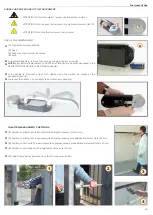
3
Initial Use - Instrument Functions
NOTE:
To quit the
Fd
->
td
->
FS
->
FE
->
bLUE
->
Prnt
->
Aur
->
dAtE
->
Hour
->
CANC
functions, press the
left
button briefly;
n
otherwise, the integrated time-out system will return to its original position after 5-6 seconds.
bLUE:
(only for SMART enabled devices) give a
long
press on the
right
button to send the test parameters to the mobile
device with iOS or NFC. See also Sending Memorised Tests on page
7
.
(NOTE:
this function is not active if the device is connected to the PC via the USB cable).
Prnt:
(only for the FTP thermal printer) give a
long
press on the
right
button to send the test parameters directly to the
dedicated wireless printer. See also Using the FTP Thermal Printer on page
6
.
(NOTE:
this function is not active if
the device is connected to the PC via the USB cable)
Aur:
This function allows the user to select the current test for calculation of the mathematical average of three tests.
Give a
long
press on the
right
button to memorise the selection; see also Arithmetical Average of Test Values on
page
5
.
dATE:
Test DATE function Give a
long
press on the
right
button to view the DATE.
Hour:
Test TIME function Give a
long
press on the
right
button to view the TIME.
CANC:
DELETING A SINGLE TEST:
To delete the current test (in the example no. 4) press the
right button
for approx.
2 seconds
, when the text
4 DEL
flashes on display to indicate "awaiting confirmation"; press the
right button
again for
2 sec
. to permanently delete the selected memory slot.
READ OF TESTS, PRACTICAL EXAMPLE:
Let's imagine the follow situation:
n
test 01 "saved»
n
test 02 "saved»
n
test 03 "empty or erased»
n
test 04 "saved»
n
test 05 "first test free»
n
Executing the "Tests read" by means of
left button
, it shows:
n
In the example, the instrument contains
three
tests saved,
one
erased, and
one
new. By means of
short
consecutive press on
left button
,
n
you can scroll the test list, like you can see, after the last test (5), display shows the special function
FUNC
, then the test (1) and so on.
The tests saved are indicated only with a progressive number
1, 2, 4
whereas the tests erased or empty, are shown with the number and four
n
dashes
(3 ----)
to indicate that the test is erased or empty.
Very important:
following the previous example, the next time that the instrument will be turned on, the display will show the first free
n
position
( 5 ----)
, to make possible the storage of a new test.
Remark:
position is
( 5 ----)
and not the
( 3 ----)
previously erased. This mechanism permits to the operator
to add new tests, without
n
modify the sorting of the preexistent tests saved or erased.


